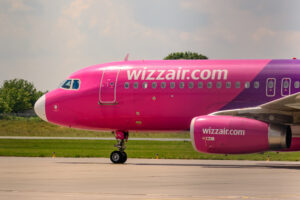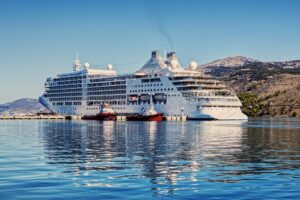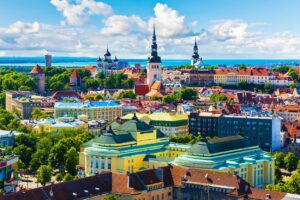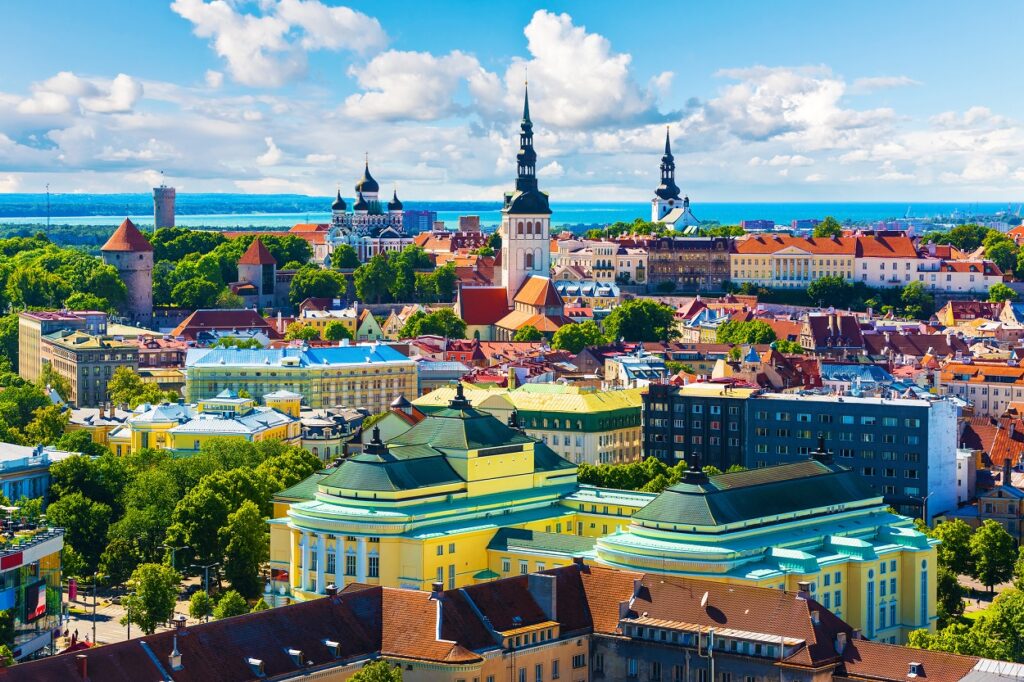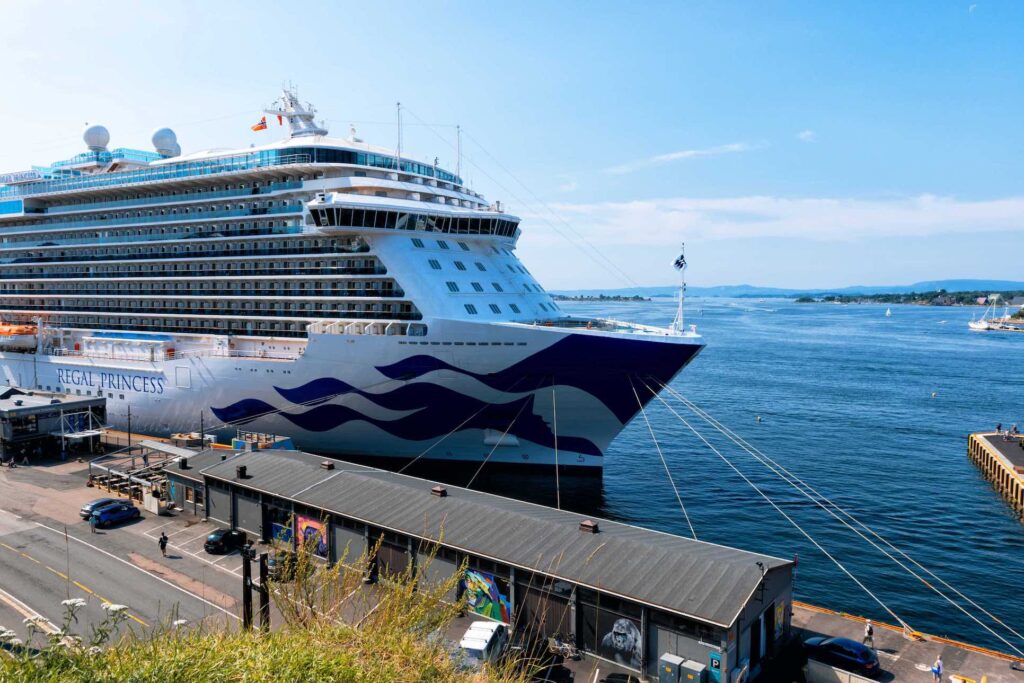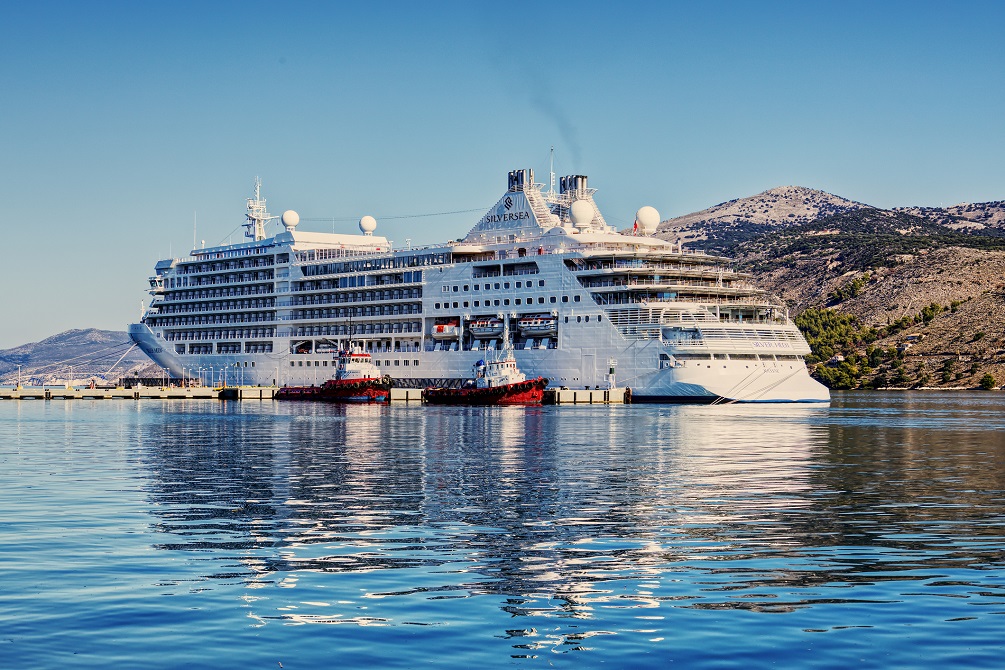Estonia
One of the most unique and culturally distinctive cities you’ll come across, Estonia has captivating towns, an old-world charm, and extensive forests.
While Estonia may share some similarities with Lithuania and Latvia, it is completely different from them. Culturally, Finland bears some similarities with Estonia, but half a century of Soviet rule in Estonia has segregated the two.
Now that Estonia has come into its own after years of Soviet rule, it attracts tourists by the drove especially to Tallinn and the Old Town, which is a UNESCO-protected site.
Tallinn is one of the most endearing cities and its key attraction is Toompea which is steeped in history. From Toompea, you can spot glimpses of the busy Old City.
Considering the expansive forest area that Estonia has, The Lahemaa National Park is also one of the main highlights. It is a beautiful park that holds many attractions, viz. The Viru Bog or Viru Raba. You’ll also see trees growing out of swampy ground. Do visit the Sagadi Manor, situated in Sagadi Village, which lies in the middle of the park.
Looking for an island adventure? Drop by Saaremaa which is an island, packed with 8000 years of history. You can explore medieval castles or go hiking, birdwatching or sightseeing.
Intellectuals will love Tartu, which is the oldest city in the country. Discover 18th-century classic buildings or stroll through the quirkiest part of the city, the soup neighborhood. Here, the streets are named after soup ingredients.
Head on East to the city of Narva. While this city has seen many bombings during World War II, it managed to still hold on to the stunning and historical castle of Narva, the Hermann Castle.
Looking for some white sand beaches? Visit Parnu, the coastal resort city. The beach of Parnu is simply amazing with lovely dunes. It is a popular summer destination and also has an indoor water park called Vee Park.
You can’t leave without dropping by the Rakvere Castle, which lies to the North of Estonia. You’ll find people in costumes of yore all throughout the year. Check out knights in their armors, old wine cellars, and alchemists sessions.
Apart from these, other intriguing places to explore are Hiiumaa island, Soomaa National Park, Viljandi, Lake Peipus, and Matsalu National Park.
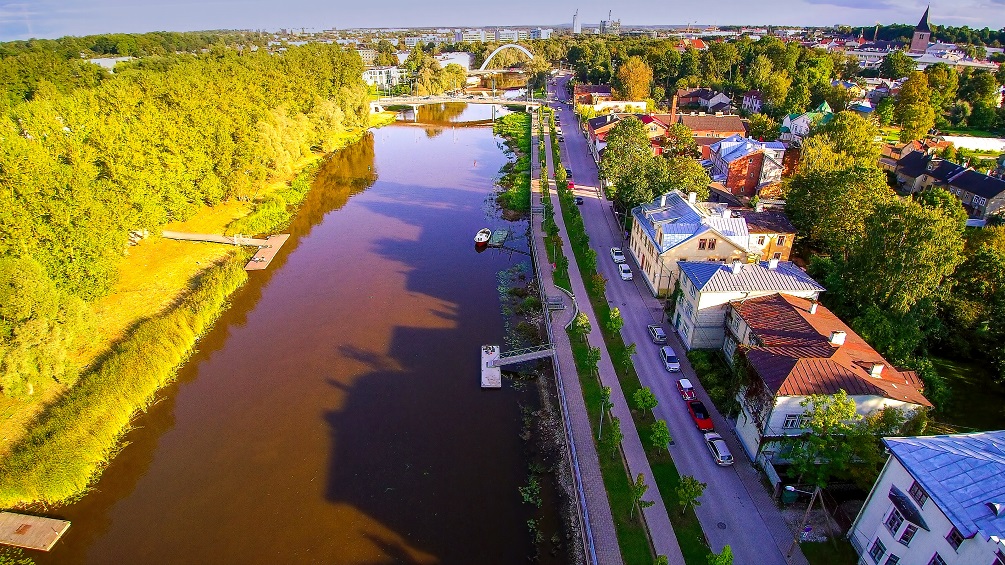


Estonia is located in Northern Europe in the Baltic region. It shares borders to the north with the Gulf of Finland, Latvia to the south, the Baltic Sea on the west, and Lake Peipus and Russia to the east. Sweden and Finland lie across the Baltic Sea.
Estonia is chock full of glacial boulders, with more than 100 of them larger than 25 meters in circumference.
More than half of Estonia’s land is covered by forests with 40% of them declared as organic collection areas by the State. Everyone is permitted to pluck berries and mushrooms.
Spruce, white birch, maple, aspen, and pine trees grow in the forests and woodland areas.
The terrain is flat along the coast and hilly towards the inland southeastern areas of the country. The hill “Suur Munamägi” (“Big Egg Mountain”) is the highest point in Estonia located at 317 meters above sea level.
It also has more than a thousand lakes and rivers like the river Emajogi and Lake Peipsi. Estonia also comprises 1520 islands that make up around 8% of its land area.
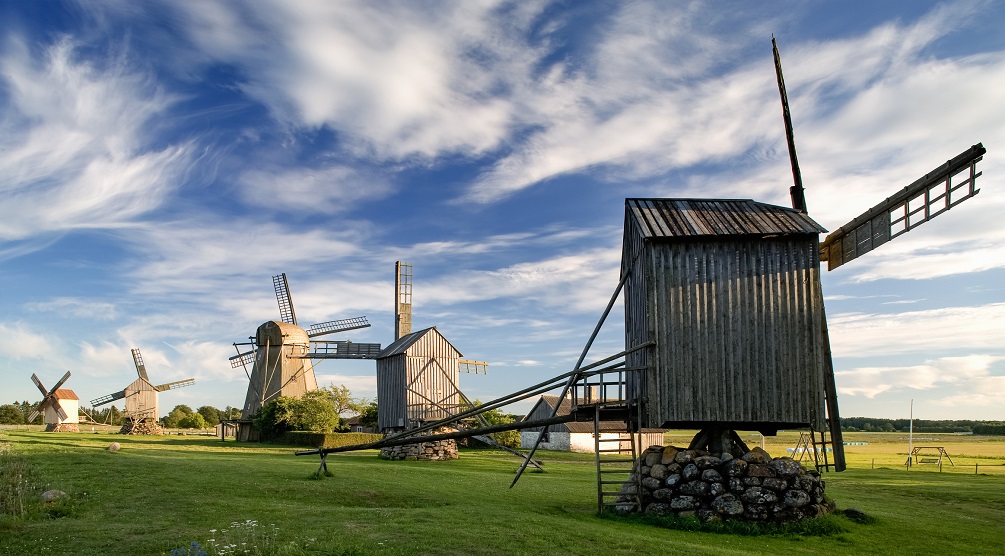


The climate in Estonia is similar to the climate in Germany. It is cold, sometimes wet, while summer is quite beautiful.
You can’t expect much warmth, on account of its location. It is at its warmest from May to September. If you don’t like the cold too much, November to March may not be the months for you to travel to Estonia.
The weather is its finest in May-September, although it tends to rain more during this time.
January is the chilliest month with temperatures dropping to -5C. There is heavy snowfall and sometimes even snowstorms on certain days. It also tends to get foggy during Winter.
The warmest month is July, where the temperature averages around 18C.
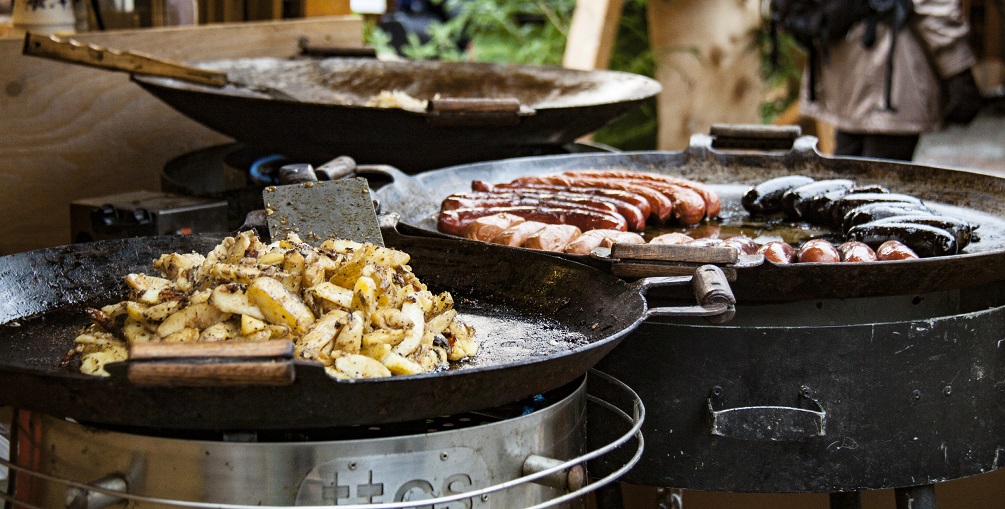


Estonian food has strong European influences and is comforting and piping hot. Its vicinity ensures that it gets the freshest local ingredients and produce, whether it is the fish from the freshwater lakes or the extensive fields of rye.
Ready your tastebuds for some soothing and savoury flavours. Vürtsikilu Suupiste is one of the favourite Estonian dishes. Sprats are sumptuous tiny oily fish that are like sardines and are used in many Estonian meals. Vürtsikilu Suupiste is a sandwich created out of rye bread, which is layered with cream cheese and garlic and fitted with a fillet of pickled sprat. This is then served with slices of boiled egg, dill and onion.
The next thing to try is Hernesupp Suitsukoodiga which is pea soup with smoked pork hock. This is usually made on New Year’s Eve and is a traditional Estonian soup, created by simmering onions, pork bones and garlic. Dried peas and carrots are also thrown in to add depth to the mixture.
Potato Lovers can’t leave without trying Eesti Kartulisalat, an Estonian Potato Salad. It is prepared by dicing boiled potatoes and carrots and adding boiled egg, cucumbers and smoked sausage together with sour cream and mayonnaise to hold the ingredients together. A sliced apple is also put in at the end.
Another staple is the Verikakk, a blood dumpling, which is a preparation of rendered lard and fried onion, which is rolled like dough into sausages. The sausages are then boiled, cooked and served with pickles, cream or jam.
Other delicious dishes to try are the Sult (meat jelly), Rosolje (Beetroot Salad), Mulgikapsad (Sauerkraut with Pork and Barley) and Lillkapass Juustukastmes (Cauliflower with Cheese).
For dessert, try the Kamavaht, which is Kama Foam. Passed down through the years, it is a milled flour creation with rye, pea, oat and barley flours. Mannavaht, or Semolina Foam is also a popular and nostalgic dessert. It has a distinctive pink shade and is made by boiling sugar, water and cranberry juice while slowly adding semolina. It is then frothed until it gets fluffy, with a mixer and served as a topping on milk with berries.
Estonian cuisine is a delicious blend of hearty dishes influenced by European and Scandinavian flavours.



When you travel to Estonia, remember that you have to pack depending on the season of your visit.
May until October are the warmer months of the year, but there could be some rainfall. So carry a raincoat along. November is cool and snowy. So pack some boots which are water-resistant.
November to March are the winter months, so layer on well. A thick coat, scarf, hat, and gloves are a must, as well as good boots with soft rubber soles. Don’t forget your thermal innerwear.
Whichever season you plan to visit, layering is always a good idea. Jeans are a popular choice and you can pair them with cardigans, camisoles, sweaters or shirts.
Take comfortable walking shoes and women can wear heels for a night of clubbing or dining.



The Euro is the currency that is used in Estonia. All ATMs in the country dispense euros and currency is quite easily exchangeable. At the time of writing this 1 sterling pound = 1.17 euros.
All individuals entering or exiting the EU are required to declare the amount of cash they are carrying if it is 10000 euros or more. This includes money orders, cash, traveler’s cheques, or cheques.
Debit and credit cards, particularly Visa and Mastercard can be used all over Estonia. ATMs are widely available. Please note, that traveler’s cheques aren’t accepted in Estonia.
The language most commonly spoken in Estonia is the Estonian language. Around 1.1 million people speak it and it is quite similar to Finnish. The phonetics are quite melodic.
While Estonian is widely spoken, almost everyone here speaks a foreign language, mainly Russian and English. Other languages used to communicate are Finnish, Swedish, and German.
It is easier to get through Estonia since everyone speaks either English or another European language.
Some commonly used phrases are Tere (hello), Aitah (thank you), Jah (yes), Ei (no), Vabandus (sorry), Nagemist (bye), and Terviseks (cheers).
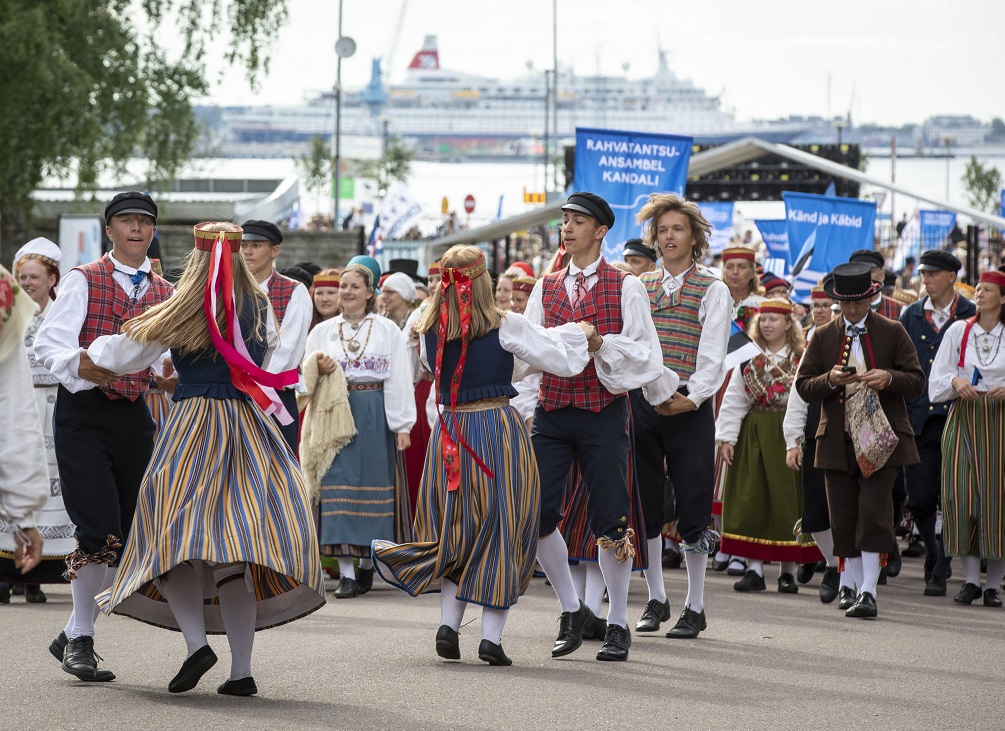


Estonia has a rich legacy of folk dance, song, and vibrant handicrafts. When you travel to Estonia, you can experience both the conventional and contemporary sides of Estonian culture at festivals, museums, markets, and workshops.
For a glimpse of ancient tradition, go to a wood sauna, where mind and body can be cleansed, just like the Estonians have been doing for centuries.
Estonia has one of the biggest treasure troves of folk songs, which display the lyrical beauty of the Estonian language. These are typically accompanied by dances. Don’t miss listening to the melodious voices of the Estonian folk choirs. The Tallin Song Festival, which is held every 5 years, is where you can experience this.
Folklore is rife all over Estonia and this translates to its national epic, the Kalevipoeg, which enumerates the story of a young boy who conquered enemies and became the King of Estonia.
Estonia also has a vibrant tradition of handicrafts like textiles, woodwork, and baskets. There are several workshops, offered by prominent museums, that you can attend if you are interested.
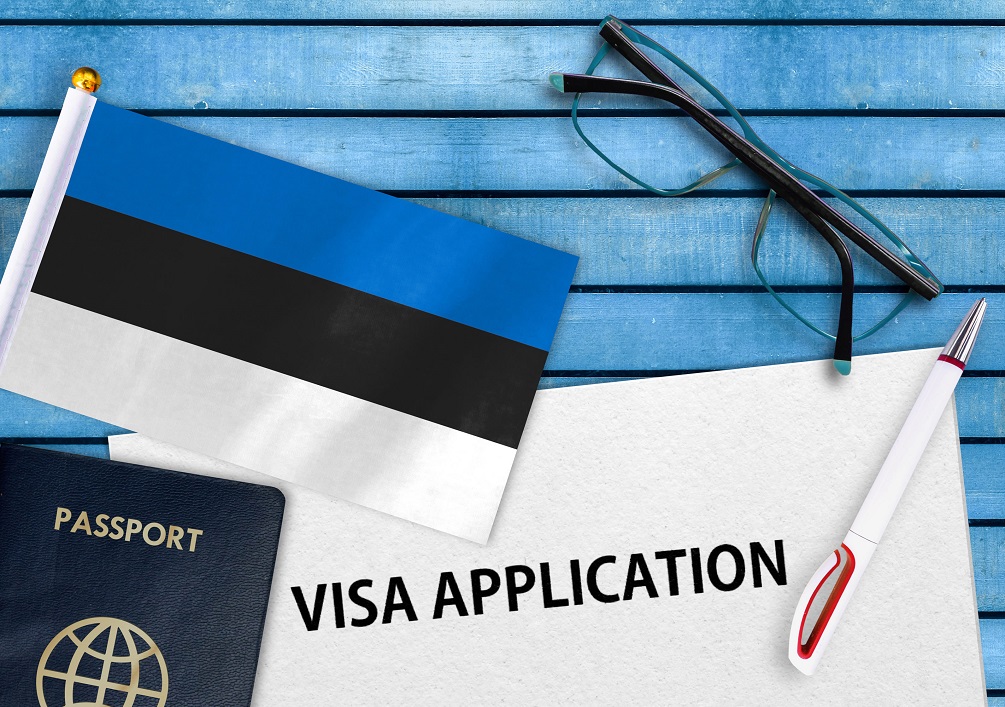


On 1st January 2021, the rules for traveling to European countries were changed. British passport holders can travel to Estonia, without a visa for up to 90 days within a 180 day period.
You may be required to queue up at a different lane from EU, EEA, and Swiss citizens at the Estonian border control. Additionally, your passport could be stamped during entry or exit. You may also be asked to show a return ticket or demonstrate that you have enough funds for the duration of your stay.
As far as your passport validity is concerned, make sure that it is less than 10 years old and that it is valid for at least 3 months from your date of departure from Estonia.
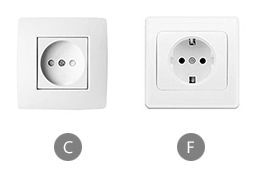


The sockets and power plugs in Estonia are of type F. The standard frequency in Estonia is 50Hz and the standard voltage is 230 V.
The type F socket is also called “Schuko” and will work with both plugs C and E. Travellers from the UK can use their electronics without issues.
However, be cautious while using rotating and timepieces like shavers or clocks. Ensure that you check out the equipment’s label. If the label states ‘INPUT: 100-240V, 50/60 Hz’ then you can use your electronic device in all countries of the world. This is usually in the case of chargers of tablets/laptops, cameras, mobile phones, and toothbrushes.



While Estonia may share some similarities with Lithuania and Latvia, it is completely different from them. Culturally, Finland bears some similarities with Estonia, but half a century of Soviet rule in Estonia has segregated the two.
Now that Estonia has come into its own after years of Soviet rule, it attracts tourists by the drove especially to Tallinn and the Old Town, which is a UNESCO-protected site.
Tallinn is one of the most endearing cities and its key attraction is Toompea which is steeped in history. From Toompea, you can spot glimpses of the busy Old City.
Considering the expansive forest area that Estonia has, The Lahemaa National Park is also one of the main highlights. It is a beautiful park that holds many attractions, viz. The Viru Bog or Viru Raba. You’ll also see trees growing out of swampy ground. Do visit the Sagadi Manor, situated in Sagadi Village, which lies in the middle of the park.
Looking for an island adventure? Drop by Saaremaa which is an island, packed with 8000 years of history. You can explore medieval castles or go hiking, birdwatching or sightseeing.
Intellectuals will love Tartu, which is the oldest city in the country. Discover 18th-century classic buildings or stroll through the quirkiest part of the city, the soup neighborhood. Here, the streets are named after soup ingredients.
Head on East to the city of Narva. While this city has seen many bombings during World War II, it managed to still hold on to the stunning and historical castle of Narva, the Hermann Castle.
Looking for some white sand beaches? Visit Parnu, the coastal resort city. The beach of Parnu is simply amazing with lovely dunes. It is a popular summer destination and also has an indoor water park called Vee Park.
You can’t leave without dropping by the Rakvere Castle, which lies to the North of Estonia. You’ll find people in costumes of yore all throughout the year. Check out knights in their armors, old wine cellars, and alchemists sessions.
Apart from these, other intriguing places to explore are Hiiumaa island, Soomaa National Park, Viljandi, Lake Peipus, and Matsalu National Park.



Estonia is located in Northern Europe in the Baltic region. It shares borders to the north with the Gulf of Finland, Latvia to the south, the Baltic Sea on the west, and Lake Peipus and Russia to the east. Sweden and Finland lie across the Baltic Sea.
Estonia is chock full of glacial boulders, with more than 100 of them larger than 25 meters in circumference.
More than half of Estonia’s land is covered by forests with 40% of them declared as organic collection areas by the State. Everyone is permitted to pluck berries and mushrooms.
Spruce, white birch, maple, aspen, and pine trees grow in the forests and woodland areas.
The terrain is flat along the coast and hilly towards the inland southeastern areas of the country. The hill “Suur Munamägi” (“Big Egg Mountain”) is the highest point in Estonia located at 317 meters above sea level.
It also has more than a thousand lakes and rivers like the river Emajogi and Lake Peipsi. Estonia also comprises 1520 islands that make up around 8% of its land area.



The climate in Estonia is similar to the climate in Germany. It is cold, sometimes wet, while summer is quite beautiful.
You can’t expect much warmth, on account of its location. It is at its warmest from May to September. If you don’t like the cold too much, November to March may not be the months for you to travel to Estonia.
The weather is its finest in May-September, although it tends to rain more during this time.
January is the chilliest month with temperatures dropping to -5C. There is heavy snowfall and sometimes even snowstorms on certain days. It also tends to get foggy during Winter.
The warmest month is July, where the temperature averages around 18C.



Estonian food has strong European influences and is comforting and piping hot. Its vicinity ensures that it gets the freshest local ingredients and produce, whether it is the fish from the freshwater lakes or the extensive fields of rye.
Ready your tastebuds for some soothing and savoury flavours. Vürtsikilu Suupiste is one of the favourite Estonian dishes. Sprats are sumptuous tiny oily fish that are like sardines and are used in many Estonian meals. Vürtsikilu Suupiste is a sandwich created out of rye bread, which is layered with cream cheese and garlic and fitted with a fillet of pickled sprat. This is then served with slices of boiled egg, dill and onion.
The next thing to try is Hernesupp Suitsukoodiga which is pea soup with smoked pork hock. This is usually made on New Year’s Eve and is a traditional Estonian soup, created by simmering onions, pork bones and garlic. Dried peas and carrots are also thrown in to add depth to the mixture.
Potato Lovers can’t leave without trying Eesti Kartulisalat, an Estonian Potato Salad. It is prepared by dicing boiled potatoes and carrots and adding boiled egg, cucumbers and smoked sausage together with sour cream and mayonnaise to hold the ingredients together. A sliced apple is also put in at the end.
Another staple is the Verikakk, a blood dumpling, which is a preparation of rendered lard and fried onion, which is rolled like dough into sausages. The sausages are then boiled, cooked and served with pickles, cream or jam.
Other delicious dishes to try are the Sult (meat jelly), Rosolje (Beetroot Salad), Mulgikapsad (Sauerkraut with Pork and Barley) and Lillkapass Juustukastmes (Cauliflower with Cheese).
For dessert, try the Kamavaht, which is Kama Foam. Passed down through the years, it is a milled flour creation with rye, pea, oat and barley flours. Mannavaht, or Semolina Foam is also a popular and nostalgic dessert. It has a distinctive pink shade and is made by boiling sugar, water and cranberry juice while slowly adding semolina. It is then frothed until it gets fluffy, with a mixer and served as a topping on milk with berries.
Estonian cuisine is a delicious blend of hearty dishes influenced by European and Scandinavian flavours.



When you travel to Estonia, remember that you have to pack depending on the season of your visit.
May until October are the warmer months of the year, but there could be some rainfall. So carry a raincoat along. November is cool and snowy. So pack some boots which are water-resistant.
November to March are the winter months, so layer on well. A thick coat, scarf, hat, and gloves are a must, as well as good boots with soft rubber soles. Don’t forget your thermal innerwear.
Whichever season you plan to visit, layering is always a good idea. Jeans are a popular choice and you can pair them with cardigans, camisoles, sweaters or shirts.
Take comfortable walking shoes and women can wear heels for a night of clubbing or dining.



The Euro is the currency that is used in Estonia. All ATMs in the country dispense euros and currency is quite easily exchangeable. At the time of writing this 1 sterling pound = 1.17 euros.
All individuals entering or exiting the EU are required to declare the amount of cash they are carrying if it is 10000 euros or more. This includes money orders, cash, traveler’s cheques, or cheques.
Debit and credit cards, particularly Visa and Mastercard can be used all over Estonia. ATMs are widely available. Please note, that traveler’s cheques aren’t accepted in Estonia.
The language most commonly spoken in Estonia is the Estonian language. Around 1.1 million people speak it and it is quite similar to Finnish. The phonetics are quite melodic.
While Estonian is widely spoken, almost everyone here speaks a foreign language, mainly Russian and English. Other languages used to communicate are Finnish, Swedish, and German.
It is easier to get through Estonia since everyone speaks either English or another European language.
Some commonly used phrases are Tere (hello), Aitah (thank you), Jah (yes), Ei (no), Vabandus (sorry), Nagemist (bye), and Terviseks (cheers).



Estonia has a rich legacy of folk dance, song, and vibrant handicrafts. When you travel to Estonia, you can experience both the conventional and contemporary sides of Estonian culture at festivals, museums, markets, and workshops.
For a glimpse of ancient tradition, go to a wood sauna, where mind and body can be cleansed, just like the Estonians have been doing for centuries.
Estonia has one of the biggest treasure troves of folk songs, which display the lyrical beauty of the Estonian language. These are typically accompanied by dances. Don’t miss listening to the melodious voices of the Estonian folk choirs. The Tallin Song Festival, which is held every 5 years, is where you can experience this.
Folklore is rife all over Estonia and this translates to its national epic, the Kalevipoeg, which enumerates the story of a young boy who conquered enemies and became the King of Estonia.
Estonia also has a vibrant tradition of handicrafts like textiles, woodwork, and baskets. There are several workshops, offered by prominent museums, that you can attend if you are interested.



On 1st January 2021, the rules for traveling to European countries were changed. British passport holders can travel to Estonia, without a visa for up to 90 days within a 180 day period.
You may be required to queue up at a different lane from EU, EEA, and Swiss citizens at the Estonian border control. Additionally, your passport could be stamped during entry or exit. You may also be asked to show a return ticket or demonstrate that you have enough funds for the duration of your stay.
As far as your passport validity is concerned, make sure that it is less than 10 years old and that it is valid for at least 3 months from your date of departure from Estonia.



The sockets and power plugs in Estonia are of type F. The standard frequency in Estonia is 50Hz and the standard voltage is 230 V.
The type F socket is also called “Schuko” and will work with both plugs C and E. Travellers from the UK can use their electronics without issues.
However, be cautious while using rotating and timepieces like shavers or clocks. Ensure that you check out the equipment’s label. If the label states ‘INPUT: 100-240V, 50/60 Hz’ then you can use your electronic device in all countries of the world. This is usually in the case of chargers of tablets/laptops, cameras, mobile phones, and toothbrushes.
Travel related news, information and inspirational articles and videos for travellers booking flights or holidays to Estonia. Ask questions about travel in Estonia and get answers from Estonia experts
NEWS
Inspiration, Information and Travel Guides
MEET THE Estonia EXPERTS
If you are looking to book a holiday to Estonia or needs some help and advice planning travel to Estonia then contact one of the UK based independent travel agents that specialise in Estonia itineraries.
FEATURED VIDEOS
Your Travel Questions Answered
Ask any travel related question and get an answer from one of our experts that will provide you with an answer from their personal experience
There is no question for this category.

